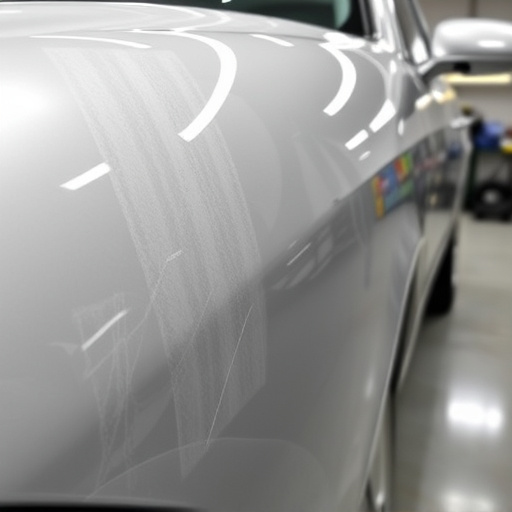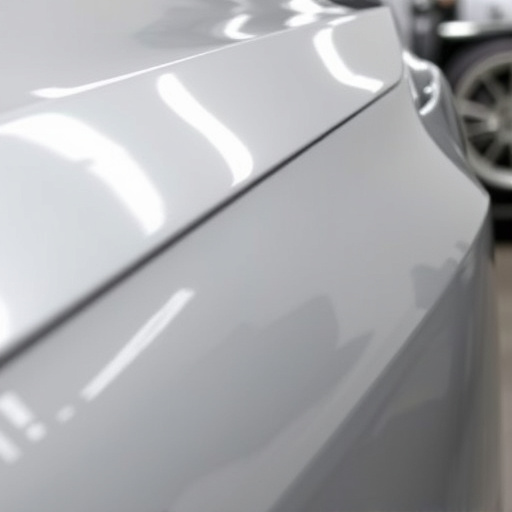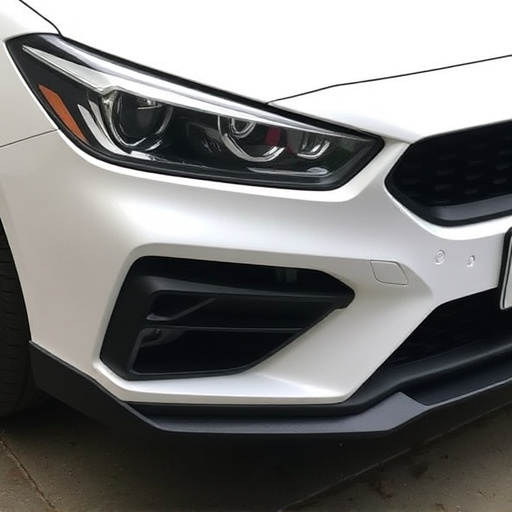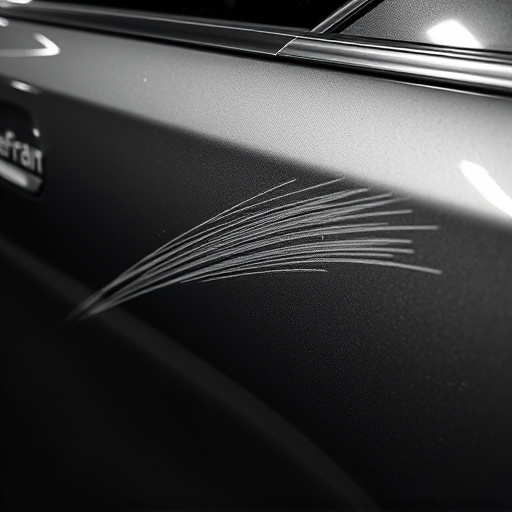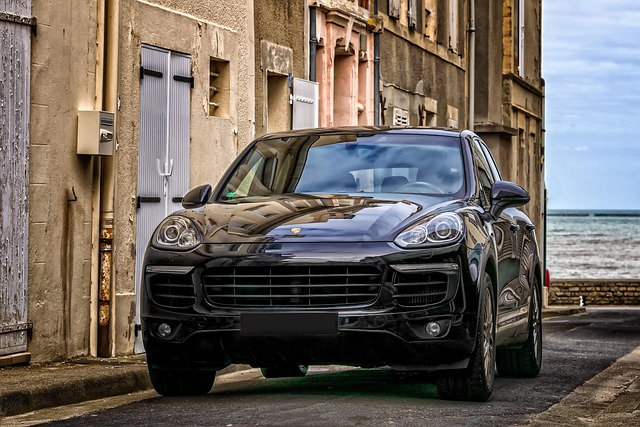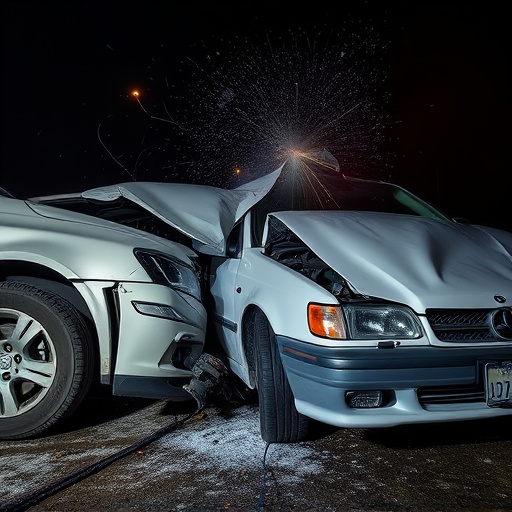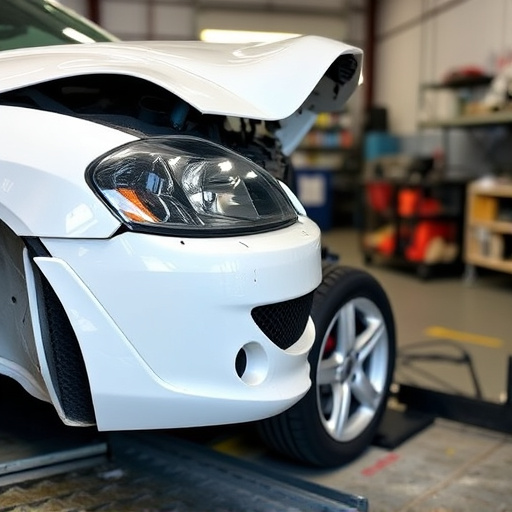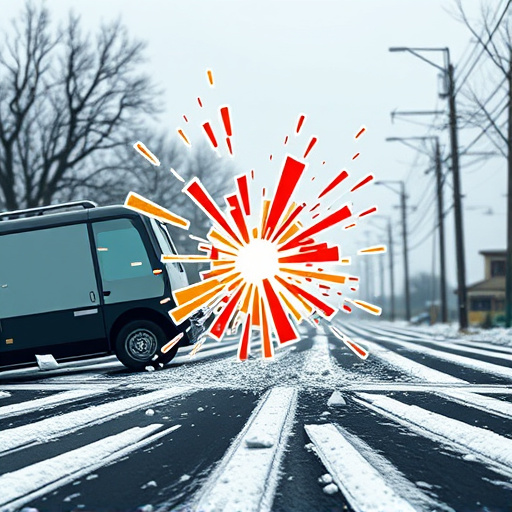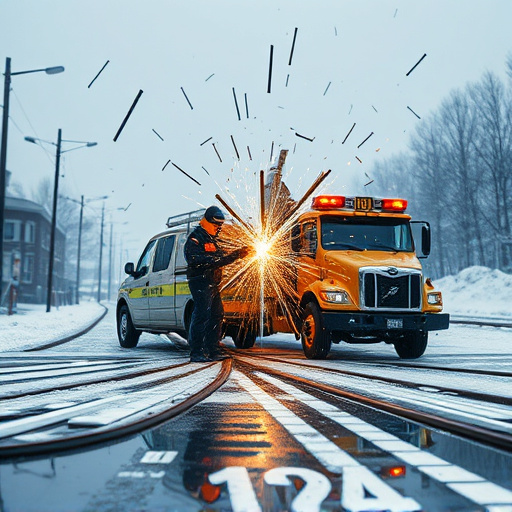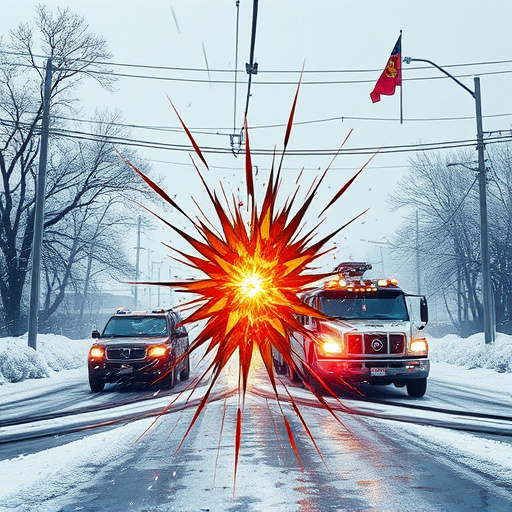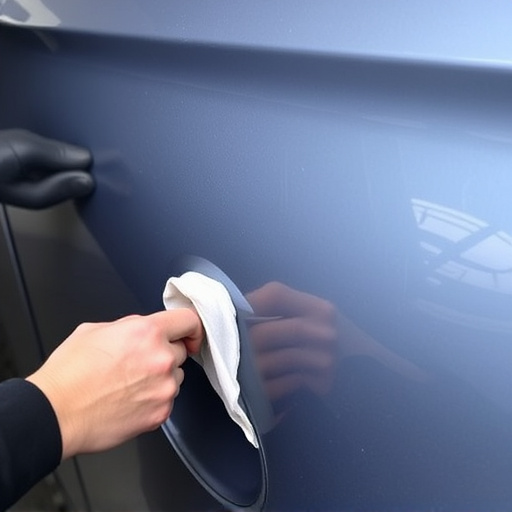High winds cause significant auto body damage, including smashed windows and crushed roofs from fallen trees. Fallen tree damage repair requires tailored solutions based on tree shape and force of impact. Assessments and precise repairs by technicians ensure vehicle safety and integrity, restoring them to pre-incident condition using specialized techniques like metal straightening.
Wind and trees can cause severe auto body damage, often resulting in costly repairs. This article delves into the unique challenges posed by these natural forces, focusing on understanding wind’s impact on vehicle structures and the role of trees in auto body damage scenarios. We also explore effective strategies for fallen tree damage repair, providing practical insights to help drivers navigate these unexpected events. By implementing these techniques, you can minimize the financial and temporal impacts of fallen tree damage repairs.
- Understanding Wind's Impact on Vehicle Structures
- The Role of Trees in Auto Body Damage Scenarios
- Effective Fallen Tree Damage Repair Strategies
Understanding Wind's Impact on Vehicle Structures
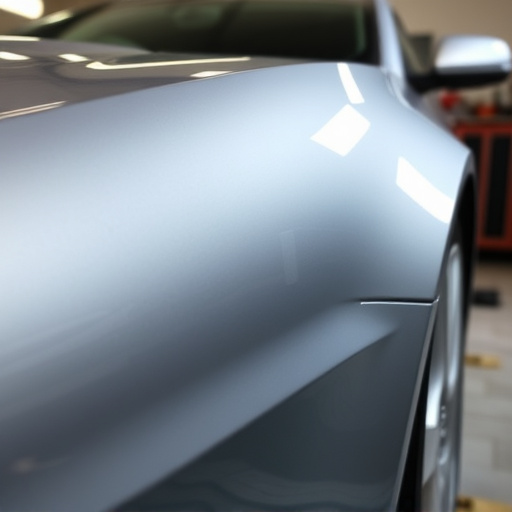
The force of wind can be a powerful and unexpected culprit when it comes to auto body damage. While many associate severe vehicle damage with accidents or collisions, high winds can cause significant harm to cars and trucks in various ways. When strong gusts hit, they can exert immense pressure on vehicle structures, leading to dents, creases, and even structural failure. This is especially true for lighter vehicles or those with flexible metal bodies.
One of the most common outcomes is fallen tree damage repair, where branches or entire trees are uprooted and fall onto parked or driving vehicles. The impact can result in extensive car body repair, from smashed windows to crushed roofs. Even seemingly minor wind-related incidents can create complex challenges for auto body technicians, who must expertly fix issues like bent panels and torn tarps. Moreover, the unique shapes and varying levels of force exerted by fallen trees necessitate tailored solutions, making accurate assessments and precise repairs crucial in ensuring the safety and integrity of the vehicle.
The Role of Trees in Auto Body Damage Scenarios

In severe weather conditions, trees can play a significant role in causing auto body damage. During storms or high winds, trees may fall or shed branches, posing a substantial risk to vehicles parked nearby. The impact from a fallen tree can result in extensive vehicle bodywork damage, including dented panels, cracked windshields, and even total destruction of certain components.
When a tree falls on a vehicle, the force of the impact depends on the size and weight of the tree as well as the speed at which it falls. This can lead to complex damage patterns that require specialized services like Mercedes Benz collision repair or more general vehicle bodywork repairs for smaller scratches and dents. Proper fallen tree damage repair is crucial to ensure the safety and functionality of affected vehicles, restoring them to their pre-incident condition.
Effective Fallen Tree Damage Repair Strategies
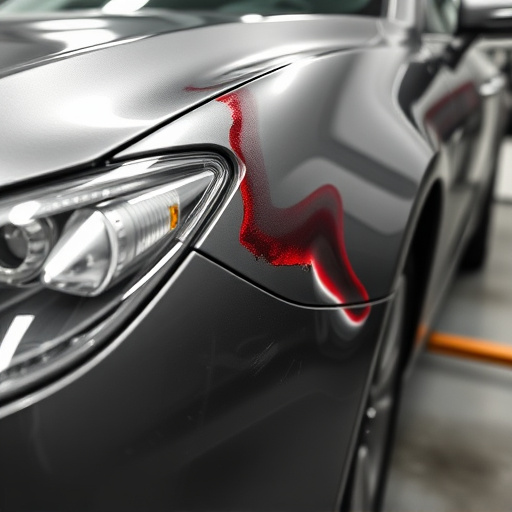
When a fallen tree takes down power lines or causes a car accident, the result can be significant vehicle damage, including bent frames, shattered windshields, and damaged bumpers. Effective fallen tree damage repair strategies are crucial to restoring vehicles to their pre-incident condition.
The first step in fallen tree damage repair is assessing the extent of the harm. This involves a thorough inspection of the car’s exterior and interior, including the frame, body panels, paint job, and glass. Once damage is identified, specialized technicians employ advanced techniques for automotive collision repair. For example, metal straightening and welding can realign bent frames, while professional car body restoration services can revive damaged surfaces and return them to their original condition. Even repairs to seemingly minor components like bumpers play a vital role in enhancing safety and aesthetics post-accident.
Wind and trees, though seemingly gentle, can cause severe auto body damage. Understanding how wind affects vehicle structures and the role of trees in these scenarios is crucial for safe driving and effective repairs. By implementing proven strategies for fallen tree damage repair, automobilists can mitigate harm and ensure their vehicles are restored to pre-incident condition. Remember that prompt action after an incident involving wind or trees is key to minimizing long-term cosmetic and functional issues.
